What Are Pool Windows? Benefits, Use Cases & Why They’re Worth Considering

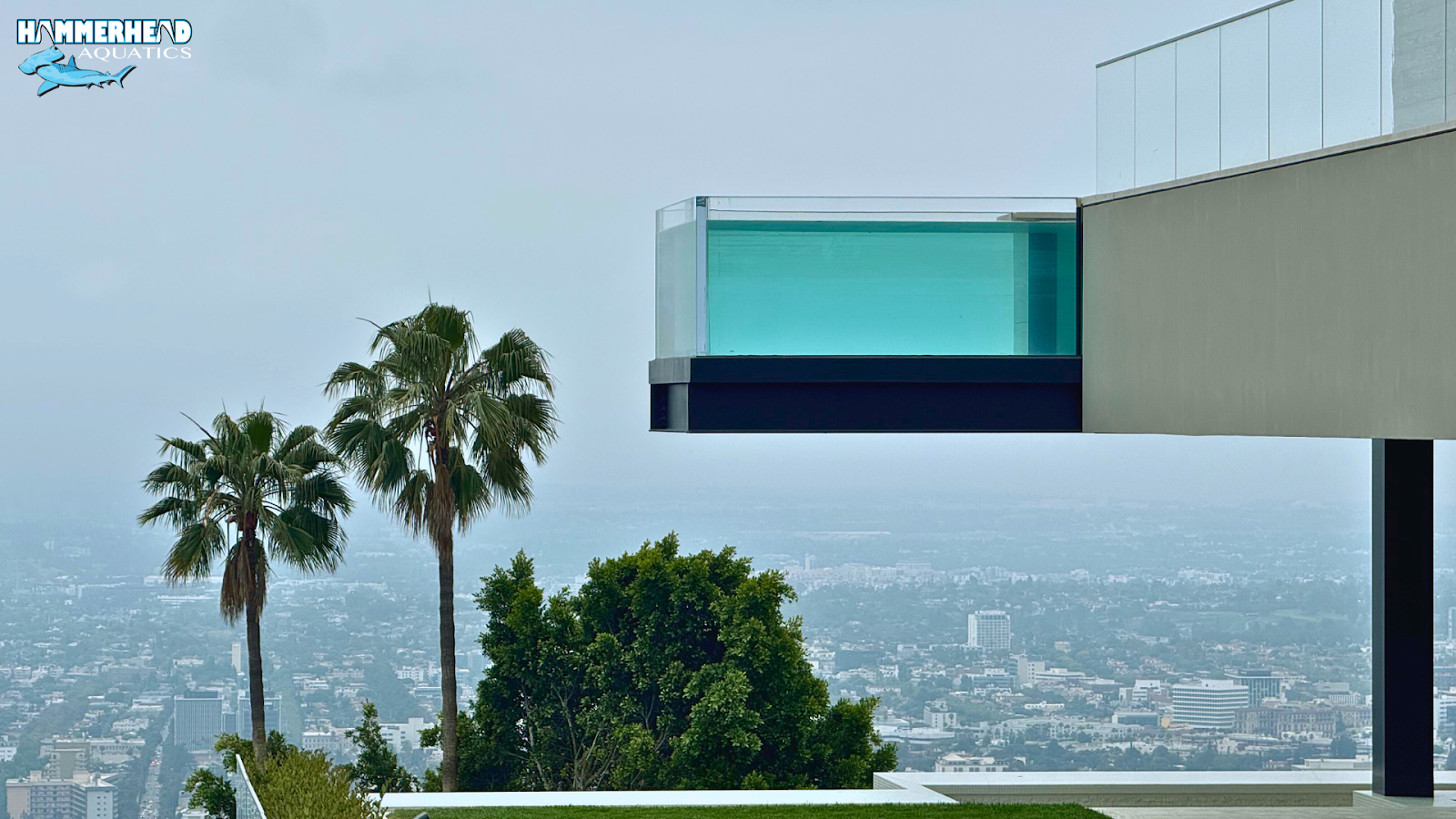
Over the last 20+ years working with pools—designing them, building them, and sometimes fixing what others got wrong—I’ve noticed one design feature that never fails to impress people - pool windows.
Whether it’s a simple rectangular viewing pane or a bold, curved acrylic wall, pool windows make people pause and say, “Wow.” And for good reasons.
- First of all, they make the pool look better, whether while swimming or from outside.
Just imagine a rooftop pool with a window on the bottom surface - people below can see the stunning view of others swimming, tempting them to go swimming themselves. - Second, pool windows allow people to build memories with great clicks, making the swimming pool an emotional commodity.
But if you are only planning to install a pool for the first time, then pool windows will probably not mean much to you. I mean, what’s the purpose of an underwater window when you are trying to swim? What’s with the added cost for this design?
That’s okay. I’m here to help you with that knowledge so that you can make an informed decision on getting pool windows that match your status and overall outlook of your swimming pool.
If you're a homeowner, builder, architect, or developer looking to add something truly special to your pool project—this guide will walk you through exactly what pool windows are, their real benefits, and the many ways they can be used.
Let’s dive in.
TL;DR: What Are Pool Windows & Why Should You Care?
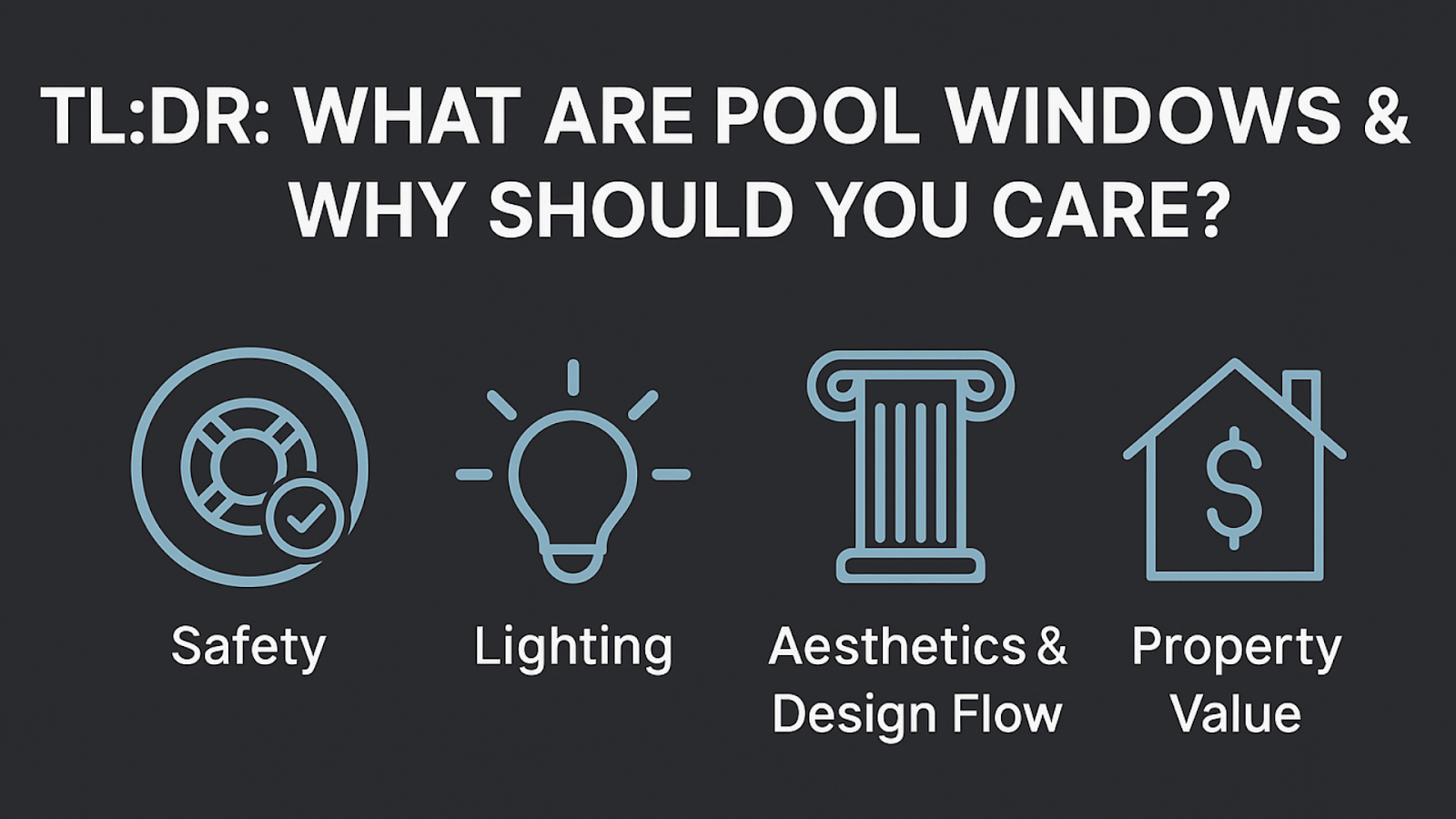
- Pool windows are transparent sections (glass or acrylic) built into the walls or floors of pools to allow viewing into or out of the water.
- They’re not just for show—they enhance safety, lighting, design flow, and property value.
- Common in luxury homes, rooftop pools, resorts, and fitness centers, but increasingly used in smaller or modern residential designs.
- If you’re planning a pool and want something unique that elevates both form and function, a pool window is one of the smartest (and most stunning) upgrades you can make.
Thinking about including a pool window in your design?
Reach out to experts for guidance on sizing, materials, or build considerations—before you break ground. We could help you as well. Reach us here.
What Exactly Is A Pool Window?
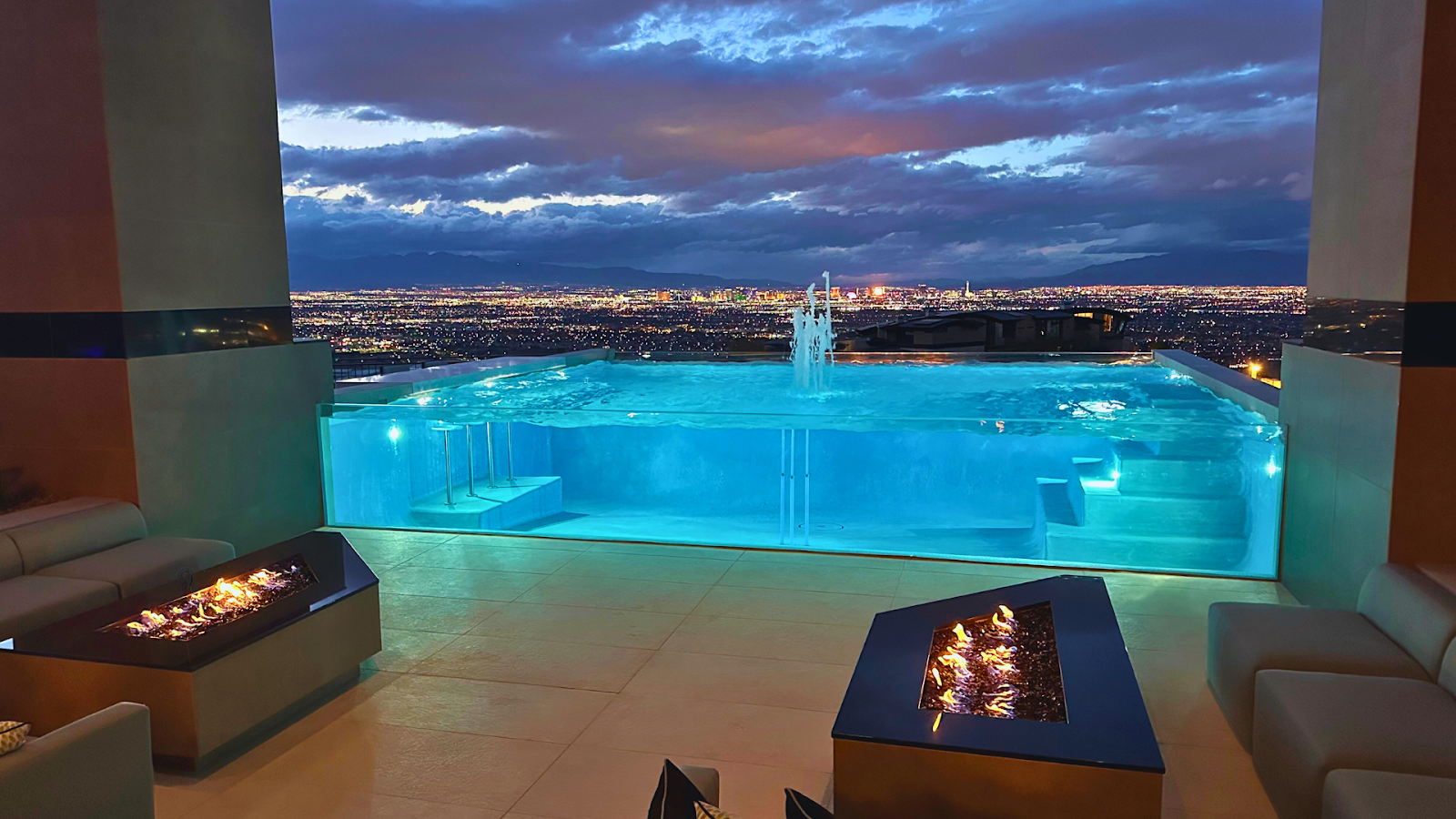
A pool window is not the same as your traditional windows on houses (or on a computer).
It’s a clear, load-bearing section—usually made of acrylic or laminated glass—built into the wall or floor of a swimming pool. It’s engineered to hold back water pressure while allowing full visibility inside the pool.
Here’s an example of a pool window on the side walls:
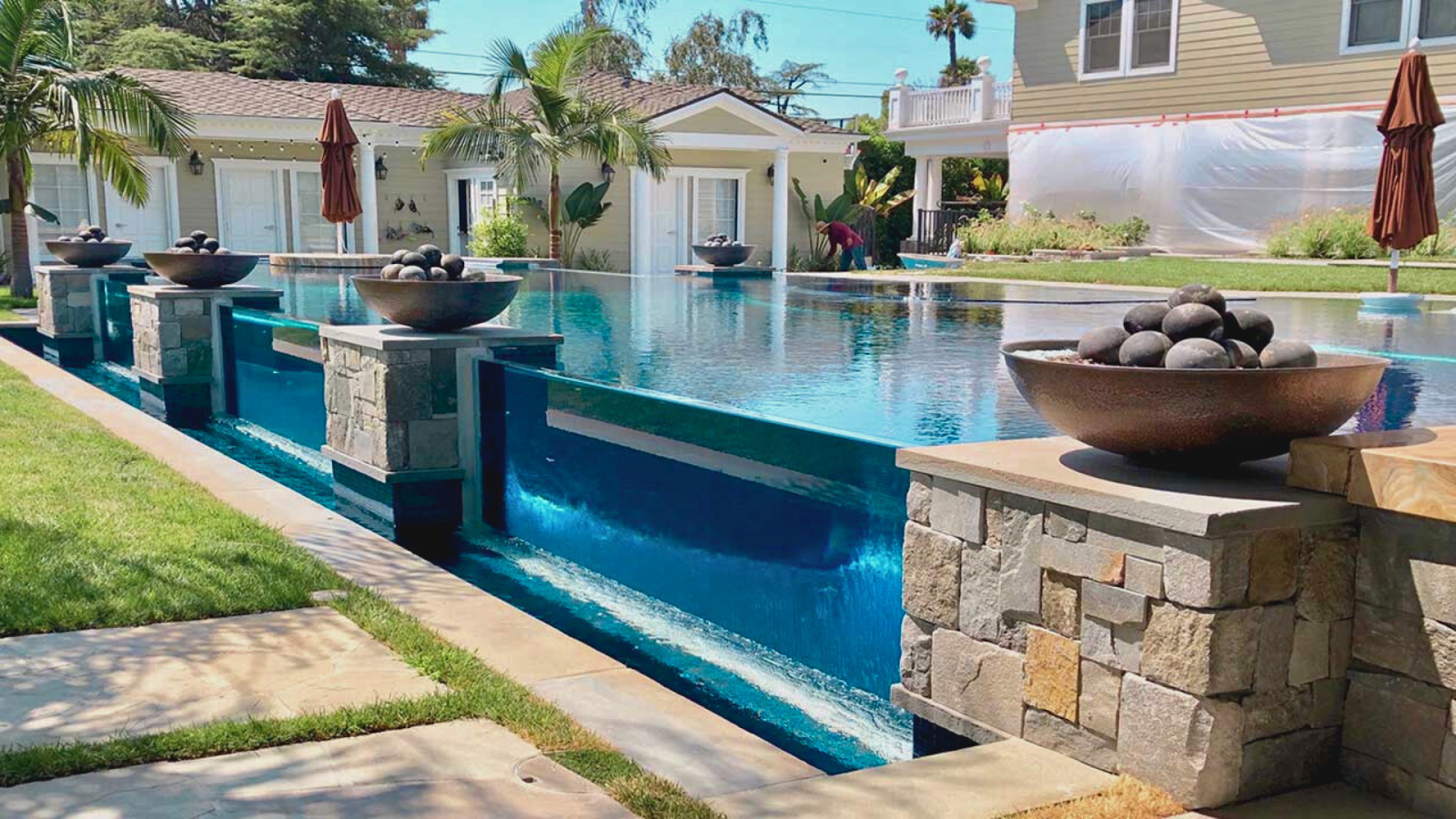
And here’s another example of a rooftop pool with glass windows:
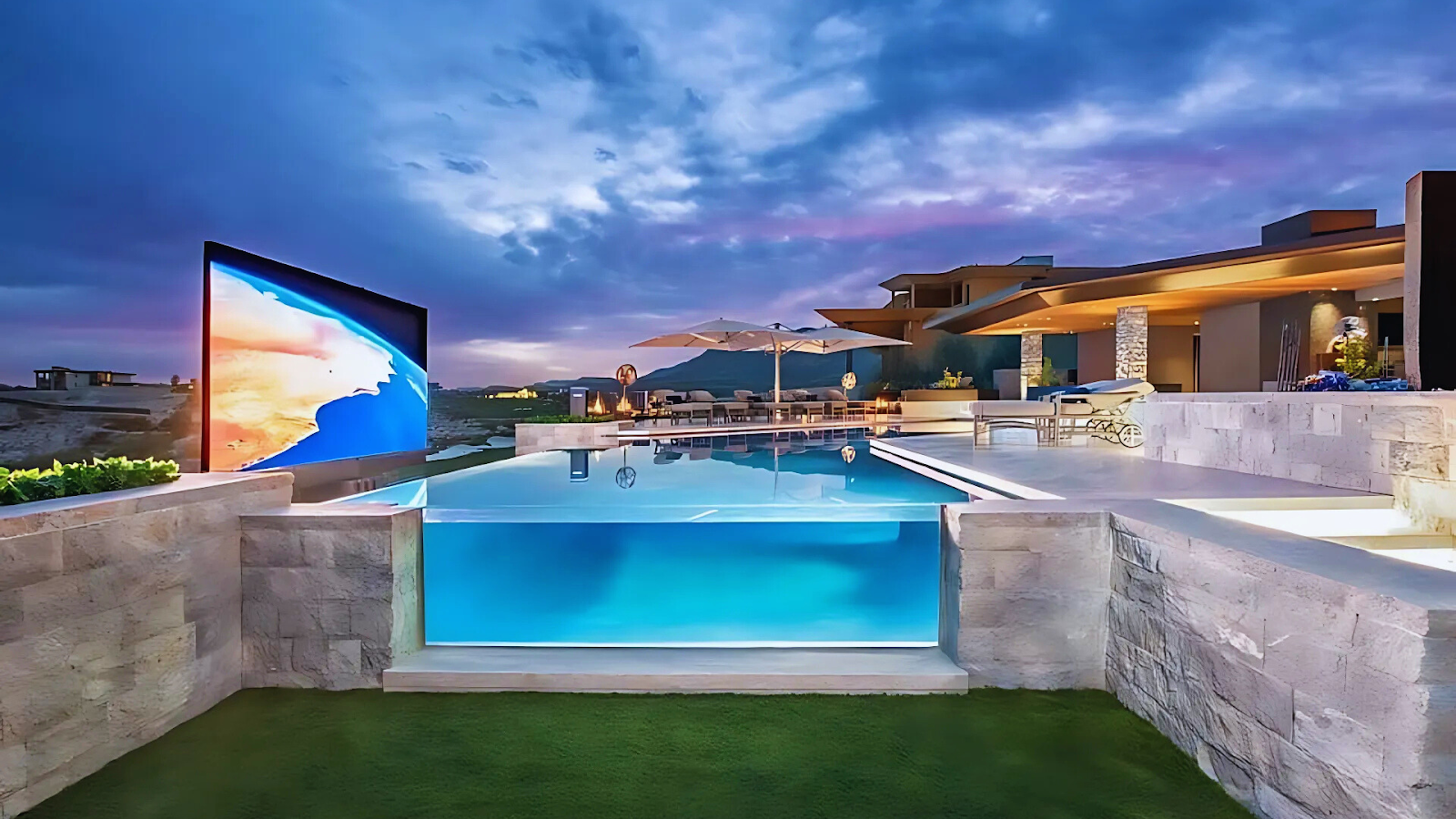
Over the years, I’ve worked on pool windows tucked into side walls, curved around corners, embedded in rooftop edges, and even in living room walls.
What they all have in common is that they completely change the way a pool feels—both from inside and out. It gives the pool a luxurious touch, helping you feel proud to own such a stunning asset.
Why Add Pool Windows?
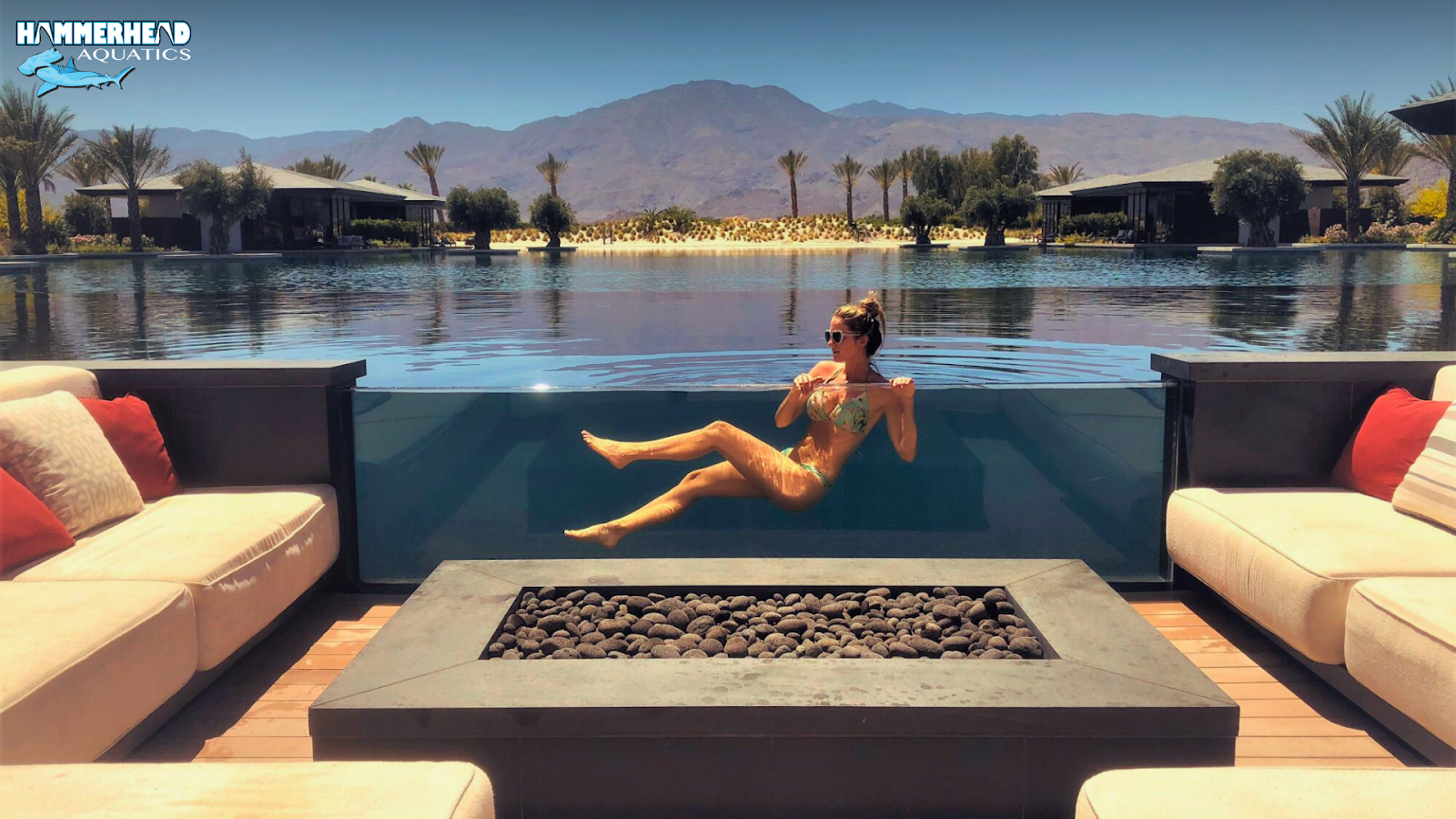
Well, from the two images above, I believe you have already realise why others are so fond of pool windows.
You see, a well-planned pool window can turn an ordinary swimming pool into an out-of-the-box design masterpiece. And with it, you get to impress guests and enjoy the view yourself.
But there’s more to this.
1. Pool Windows Create Visual Drama
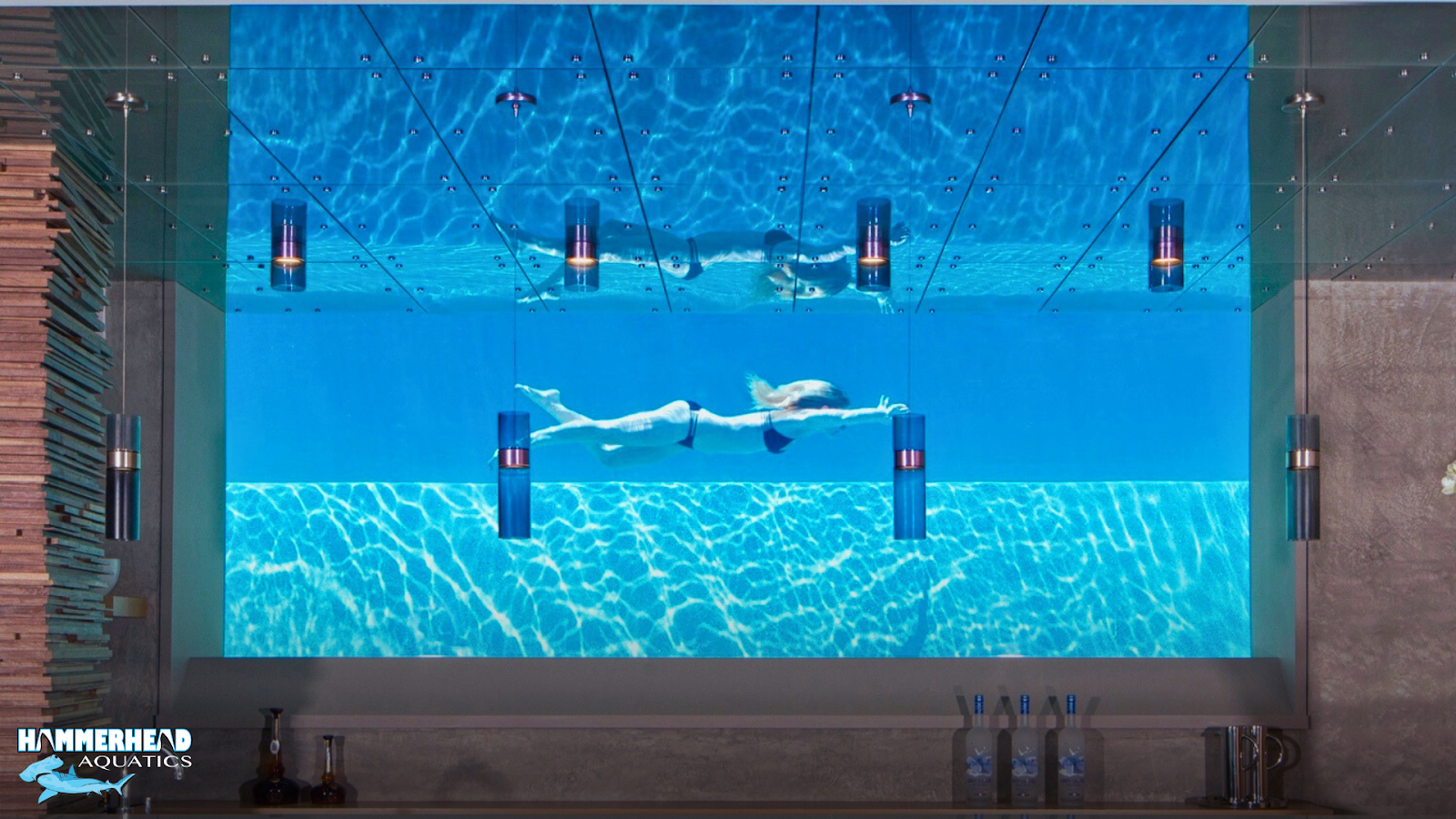
Let’s be honest—water is beautiful. And a pool window lets you frame that beauty like a living painting.
Whether you’re sitting beside the pool or walking past it indoors, the window becomes a focal point. It makes even a small pool feel custom and intentional.
I’ve had clients say it was the single feature that made their entire outdoor space feel “architectural.”
2. They Open Up Light and Space
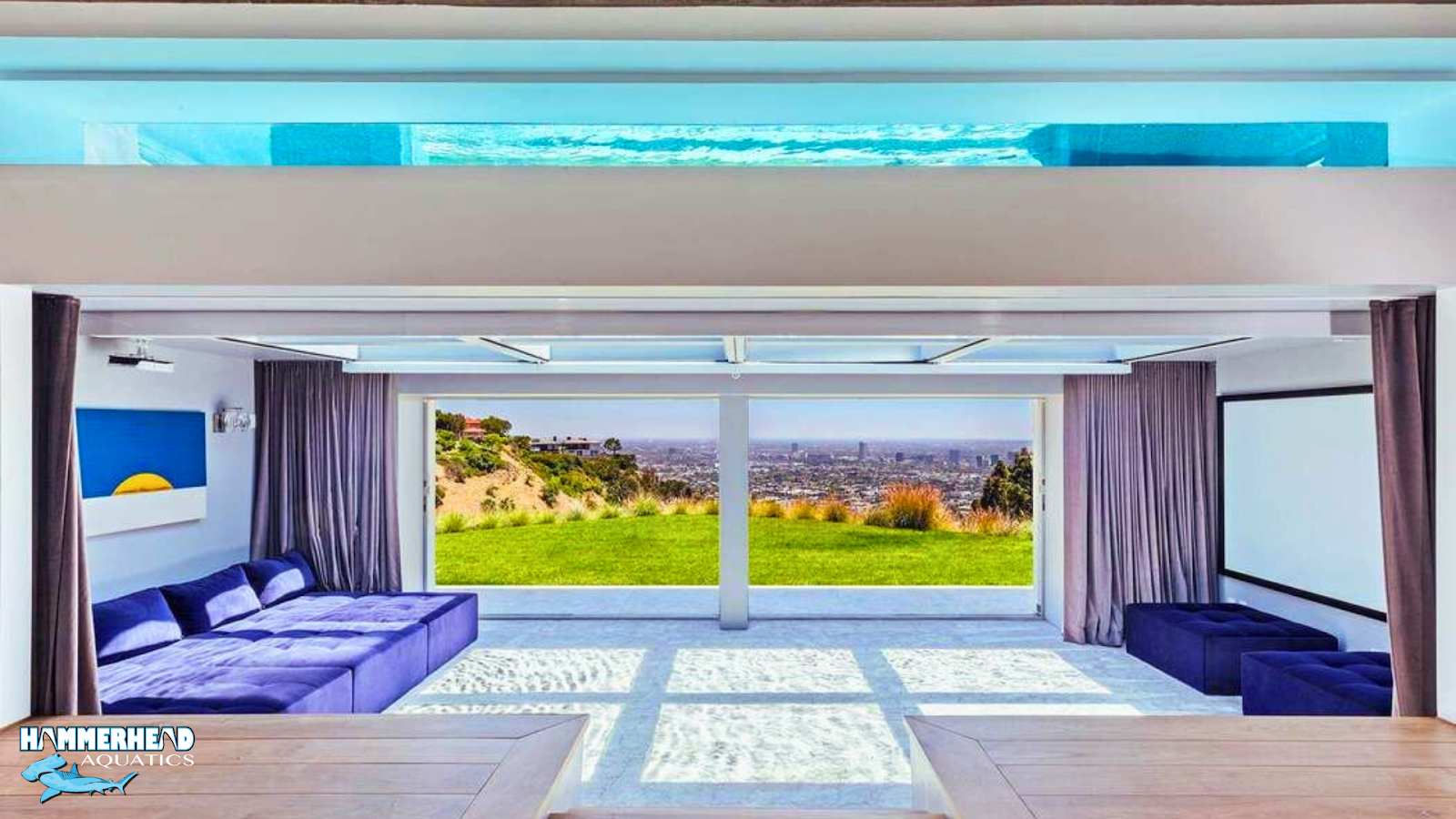
One of the key benefits of using pool windows is that you can leverage light.
Some pools may transform from a dark indoor water body to a bright, joyful experience, just by adding a pool window from the right direction.
Think about indoor pools. Most people have to install additional lighting in and out of the pool to make it less dull. But if your pool is on the side of the building, you can add a pool window to let natural light enter the water, making it feel more alive.
Even in outdoor settings, the window brings reflections, ripple movement, and a feeling of openness.
Some of the most interesting installs I’ve done involved interior-facing pool windows—ones that let the living room or gym
“borrow” some of that light and motion from the water.
3. Pool Windows Enhance Supervision and Safety
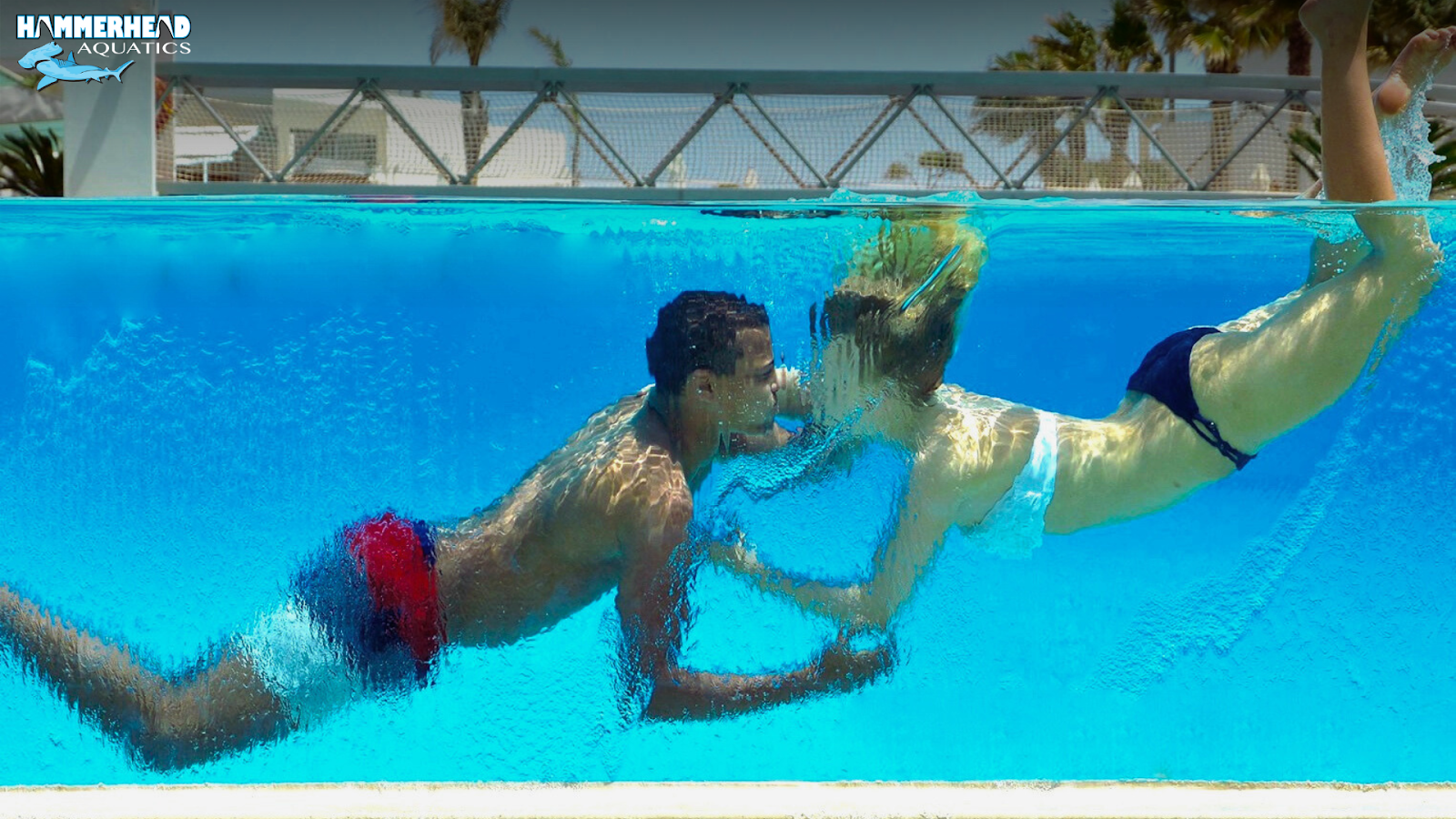
If you are planning for a family pool, then pool windows can give you an extra set of eyes so that you can relax outside the pool while also keeping an eye on your kids. (Besides, it’s clearer to see what’s underwater from the side than looking from above, making it easier to detect if someone’s struggling or drowning.)
Lifeguards in resorts or rehab centers often rely on windows to monitor motion and behavior under the surface. For example, in a hydrotherapy center, having a side-view window can help therapists observe correct muscle movement in patients.
It’s a design that delivers benefits—not just looks good.
4. They Enable Creative Design
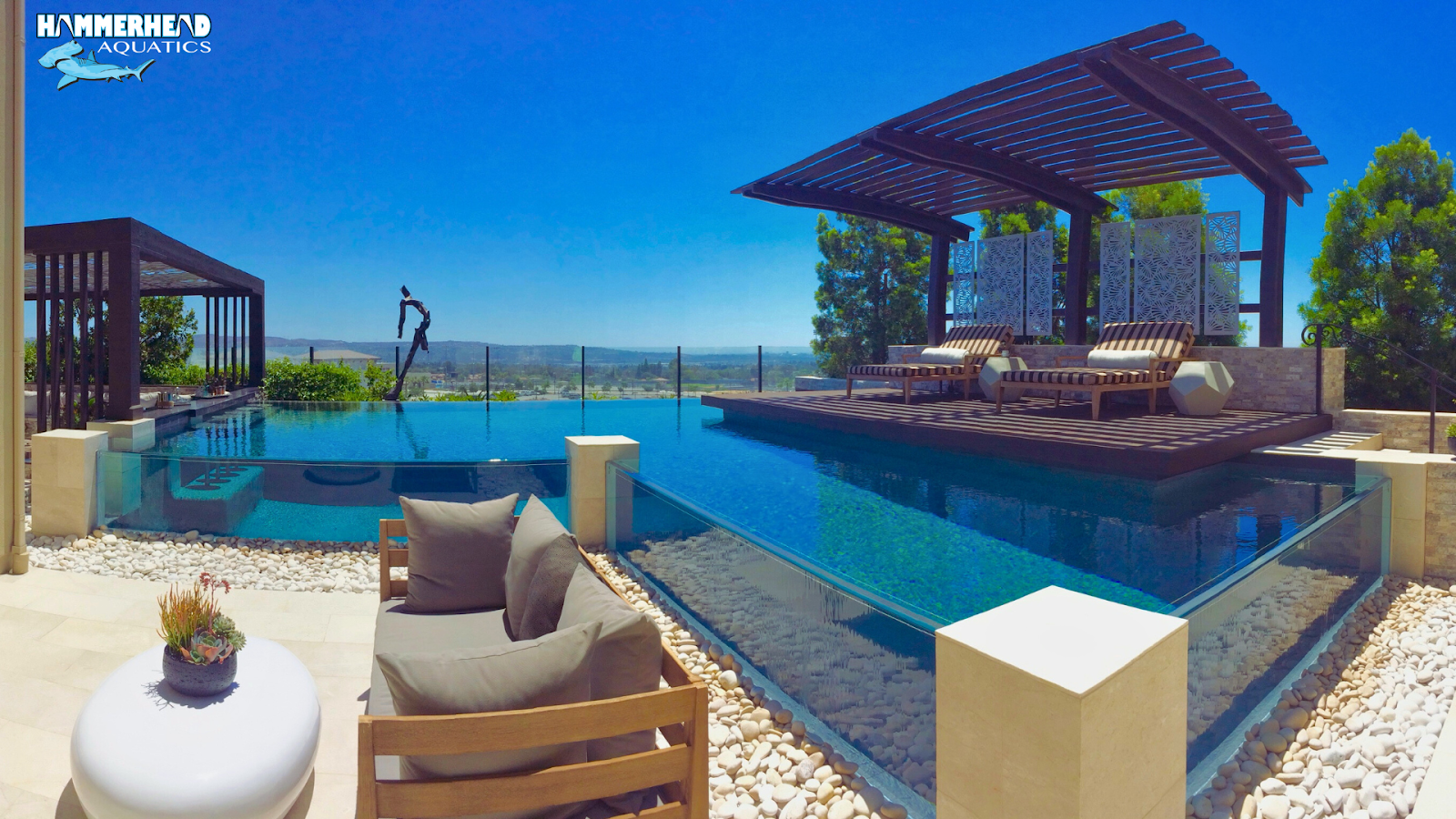
From a builder’s standpoint, windows introduce possibilities that can’t be achieved with tiles or coping alone.
I’ve seen:
- Acrylic used to wrap around corners,
- Long horizontal spans across infinity edges,
- Compact pools feel grand with just one well-placed viewing pane.
Acrylic, especially, lets us shape and curve in ways that flat pool walls never could. It opens up your canvas.
So, that’s good news for both pool builders and owners.
5. You Get Lasting Value
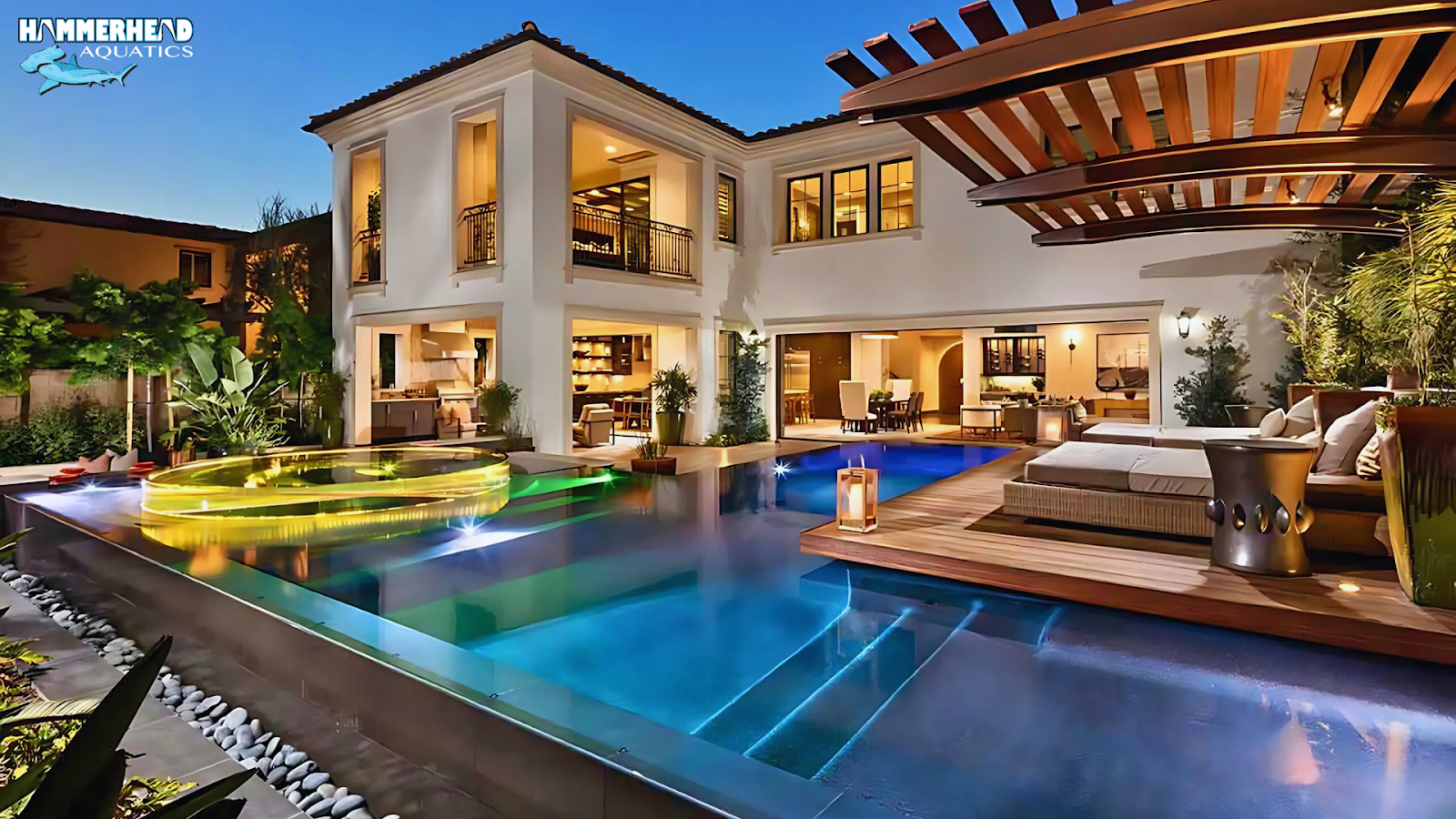
While pools last a long time, pool windows can get you something beyond financial value—emotional value.
People remember a pool with glamorous windows. Pictures feel better, homes rent better, and houses sell better.
But more than that, it just feels different. More calming. More immersive.
And when done properly, they’re incredibly durable, often outlasting the decking and finishes around them.
Where Are Pool Windows Actually Used
Over the years, these are the categories where pool windows make the most sense and deliver the best benefits:
Homes
- Infinity pools: One side becomes a crystal-clear viewing wall
- Sunken courtyards or basements: Bring in light through submerged windows
- Interior connections: View the pool from the living spaces
Hotels & Villas
- Rooftop pools: A view from the side of a building is unforgettable
- Suites with underwater pool views
- Walkway-over-pool setups: Think aquarium vibes
Fitness & Therapy Facilities
- Rehabilitation pools: Watch movement from outside
- Underwater treadmill monitoring
- Spa settings: Calm, illuminated underwater visibility
Aquatic Attractions & Play Areas
- Interactive zones for kids
- Shallow-edge water play with observation
- Blended walls between the swim tanks and the architecture
When (and When Not) To Use Pool Windows
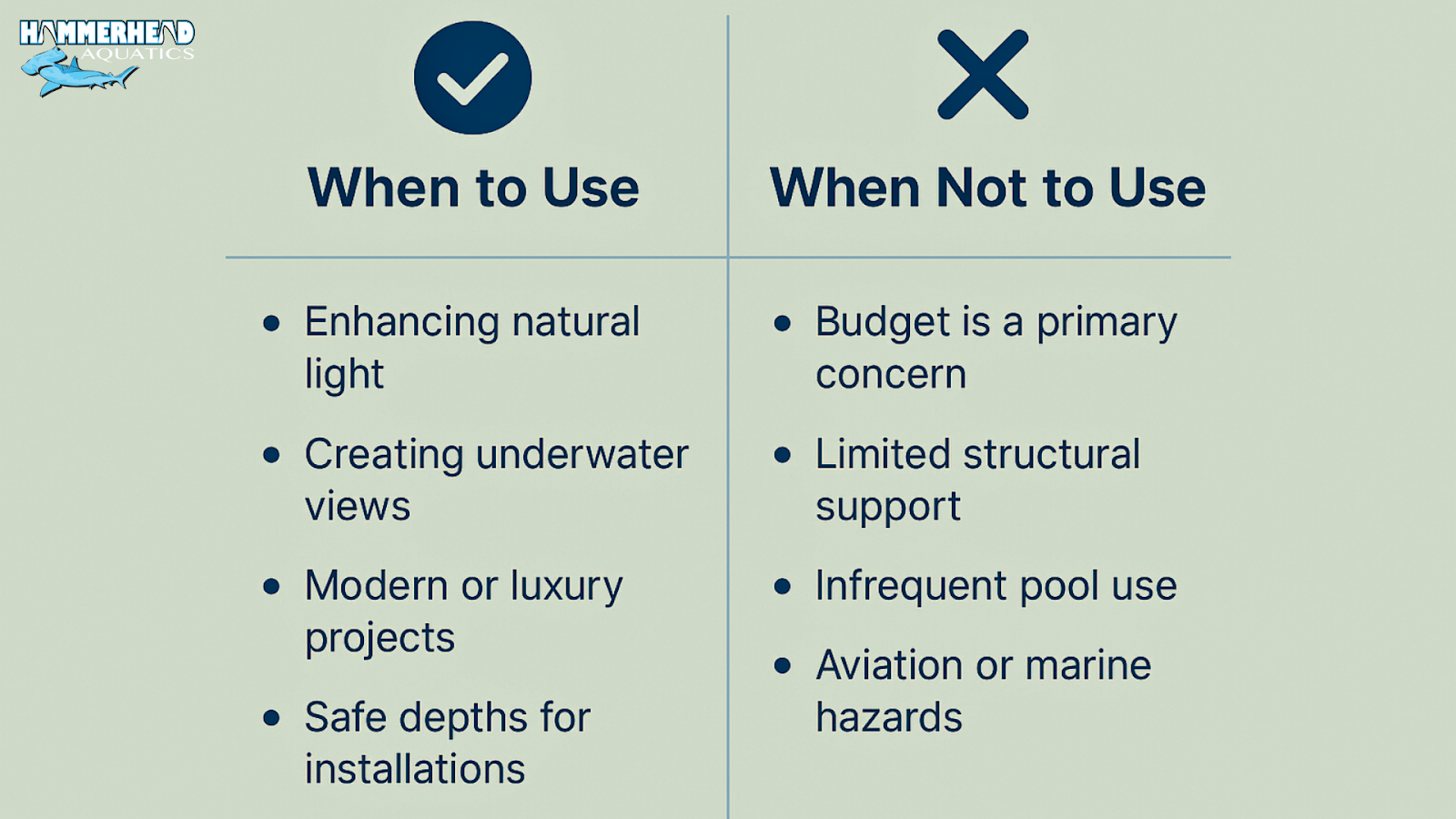
From a practical angle, here’s how I advise clients:
✅ Consider it if:
- Your pool is elevated or positioned for side exposure
- You want a unique architectural element that doesn’t just add cost, but adds purpose
- You care about light, openness, or safety from a design standpoint
❌ Maybe skip it if:
- Your pool walls won’t be visible from any useful angle
- You’re unable to work with a team that understands pressure loads, sealing, and framing (this isn’t a DIY job)
- You’re doing a temporary or short-term install—windows are long-term investments
What You Need To Know Before Adding One
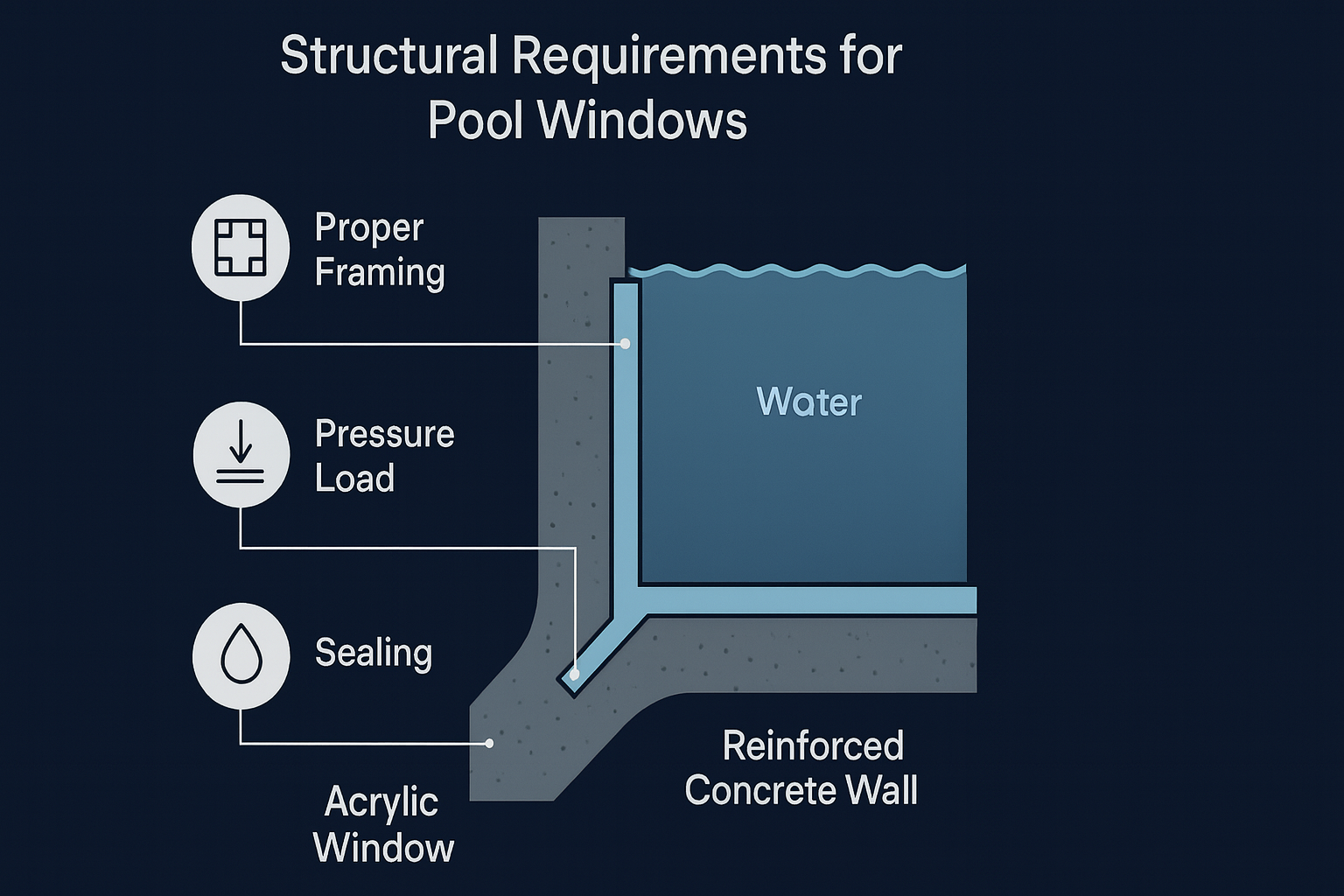
Just because they look simple doesn’t mean they are.
Here are a few things to know upfront:
- Material matters (acrylic vs. glass has real consequences)
- Water pressure multiplies with depth—engineering has to match
- Installation must be watertight under sustained, shifting loads
- Framing is structural, not decorative
- Thermal expansion (especially for acrylic) needs to be calculated and accounted for in the build
👉 Tip from the trenches: Get your engineer or builder involved early—ideally before excavation begins. Retrofitting a pool window into an existing wall is doable, but far more complex.
Final Thoughts: Pool Windows Add More Than Beauty
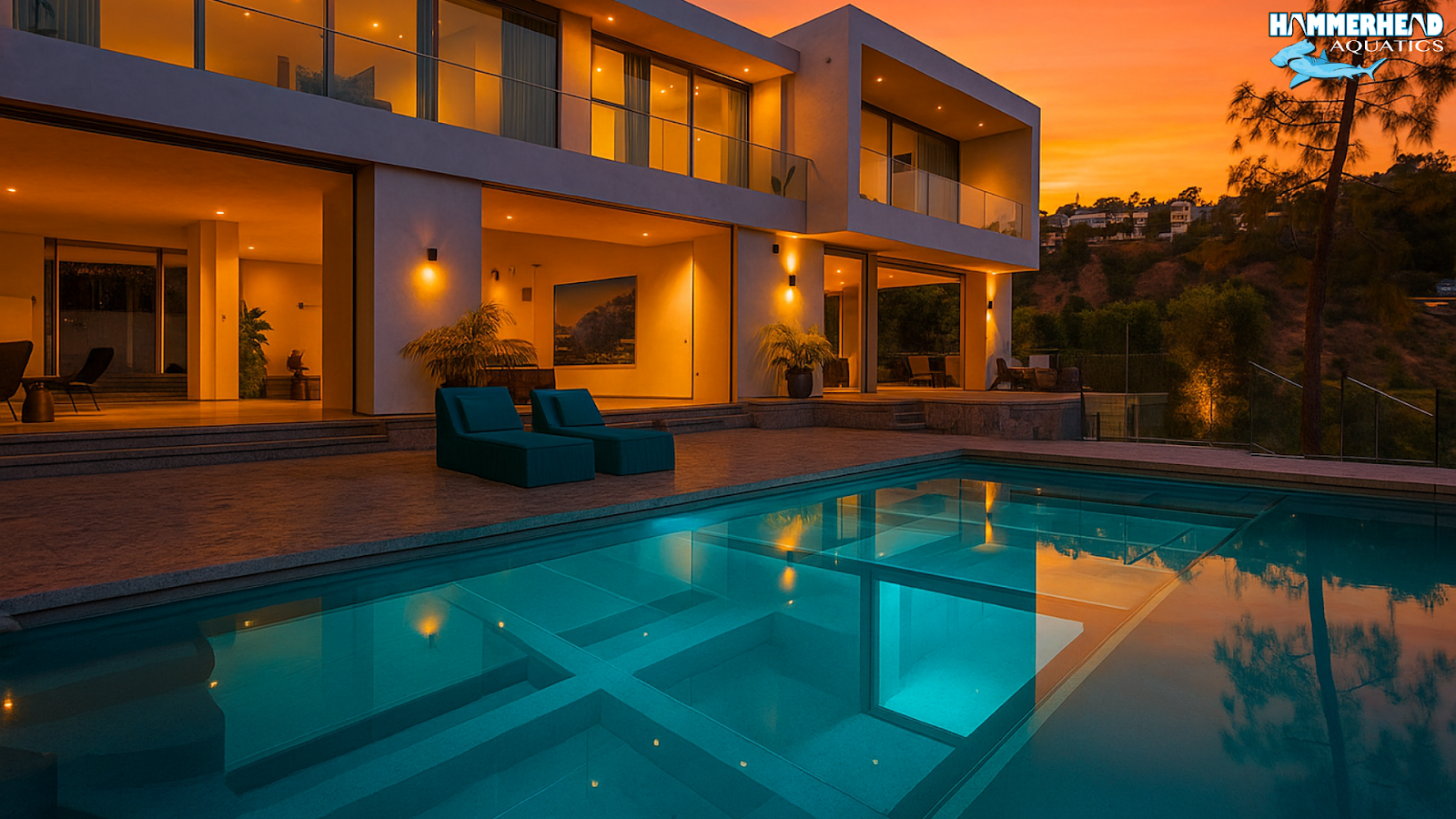
They’re one of the few pool features that enhance design, safety, and experience—without cluttering the space or demanding extra maintenance.
And the best part?
You don’t need to build a mega-resort to justify one. I’ve seen homeowners with plunge pools or lap pools get creative with a single, modestly sized window—and the impact is massive.
> If the pool is the heart of your space, a window is its open eye—letting you see more, feel more, and design with more purpose.
Pro Advice: Work With Experts To Plan The Design, Don’t Go DIY
If you’re considering adding a pool window—whether to your home, resort, gym, or rehab facility—don’t wait until after construction has started. Getting it right means understanding materials, framing, sealing, and how the window integrates with your overall design.
So, consult with multiple experts about the design before you get it built (or re-built).
Trusted Pool Window Guidance & Installation
If you’re planning a project that involves luxury pool construction or transparent viewing walls, you can always reach out to the Hammerhead Pools Team.
We’ve been in the industry for over two decades, with successful installs in projects like Market Square Tower Sky Pool, Anaha Tower Pool, and high-profile rooftop builds in Las Vegas, NV, USA.
And while we specialize in complex, high-end work, our goal is to deliver value—not inflated costs. You can book a call with us, share your requirements, and we’ll be happy to offer a free quote or suggest alternatives based on your goals and budget. (Contact Us)
If you’re still in the idea stage and just need clarity on:
- Whether a pool window makes sense for your build
- Which material (glass vs. acrylic) fits your climate and layout
- Or how big or small a window can safely be
Feel free to leave a comment below or send us a message. We’ll respond with practical, experience-based advice to help you plan smarter.
FAQs About Pool Windows
1. What’s the best material for pool windows?
Acrylic for larger spans, curves, and clarity. Glass for smaller, flat installations with lower maintenance.
2. Can a pool window be added to an existing pool?
It’s possible, but complex and expensive. Retrofitting requires major structural and waterproofing work.
3. Are pool windows safe?
Yes—if engineered properly. Acrylic and laminated glass can handle significant pressure when installed to spec.
4. Do they need extra maintenance?
Acrylic may require occasional polishing. Glass is lower-maintenance but less flexible in design.
5. Are pool windows only for luxury builds?
Not anymore. They’ve become increasingly common in compact residential designs with creative goals.
Discover everything you need to know about pool windows—from design benefits and materials to where and how they’re used. Explore real examples and expert insights to help you choose the perfect fit for your space.











